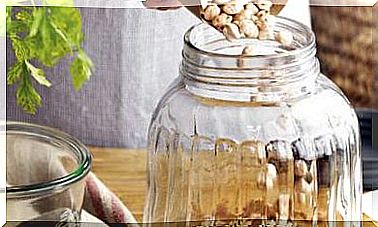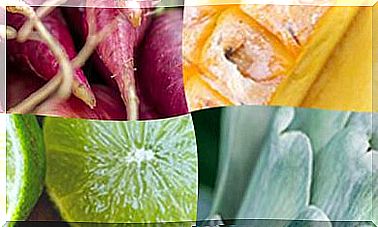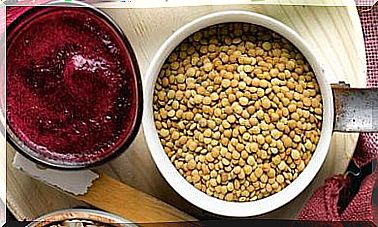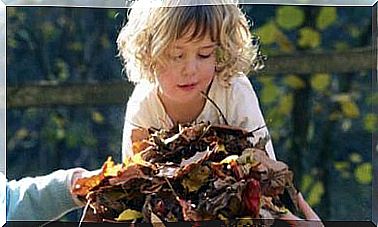How To Preserve The Color Of Vegetables When Cooking
Don’t let your dishes turn pale and bland. Learn to cook vegetables in full color!
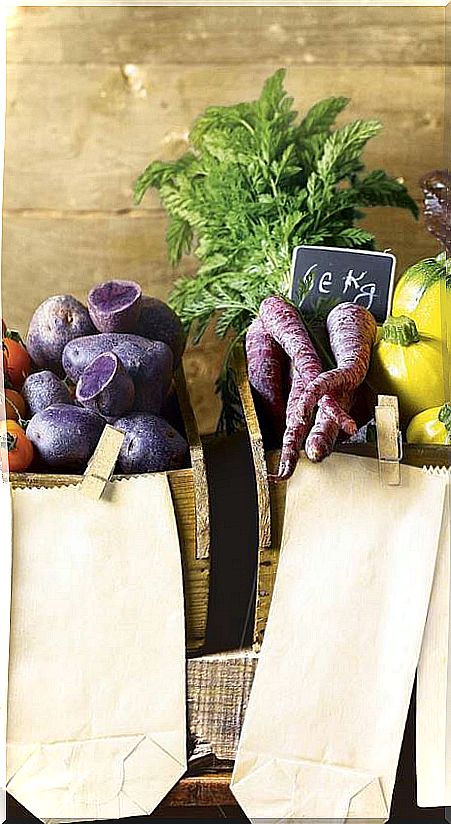
Many times when we cook some food, especially vegetables, we see that its color fades and in the end they are unappetizing. This discoloration process can be due to several reasons, which depend on the composition of our vegetables and the type of pigment they contain.
How to preserve the green of vegetables
Swiss chard, spinach, cabbage, peas, green beans, broccoli, turnip greens, and other deep green vegetables look that way because they contain chlorophyll.
The loss of the green color in these vegetables occurs due to a destruction or alteration of these chlorophyll molecules during cooking.
We can avoid it by following these simple tricks:
1. Do not cook vegetables longer than necessary
When we cook, not only the color is altered, but also the texture and flavor. Take them out when they are tender and don’t wait any longer.
2. Cook them with a large quantity of water
The more water you use, the more the acidity of the vegetables themselves is diluted, thereby minimizing the loss or destruction of chlorophyll.
3. Don’t cut the boil when adding the vegetables
Add them little by little so that the water does not stop boiling. Adding them all at once can make the water too cold.
4. Start cooking with the pot uncovered
Do not cover the pot during the first minutes of cooking, as this will evaporate part of the acids in the vegetable that cause discoloration.
5. Do not add baking soda to the cooking water
This is a fatal mistake when cooking vegetables and greens. Although it can improve the color, it destroys the structure of the vegetable and it will leave us with an unpleasant texture and a bitter taste.
Preserve the color of red and orange vegetables
Carrots, tomatoes, orange sweet potatoes, red peppers, etc., are foods rich in carotenoids, the pigments responsible for giving them that color that ranges from a light orange to an intense orange-red.
Unlike chlorophyll, carotenoids are quite stable and not soluble in water, which is why carrots do not tend to discolor as much when boiled. What they are soluble in is fat, so any fried preparation will tend to depigment these vegetables (for example chips, stir-fries, etc).
Of course, when made in the pressure cooker they do tend to have a duller color.
To avoid discoloration, we will try not to cook these vegetables in fatty mediums or in the pressure cooker, and if we do, let it be just enough time for them to be done, and no more.
For these vegetables you can use other means of cooking such as boiled, roasted, braised, steamed or dehydrated that will retain their color much better.
Preserve the color of blue and pink vegetables
When our vegetables have colors from red-pink to purple-blue it is due to their anthocyanin content. For example, beets, red cabbage, the skin of aubergines, red and purple onions, purple sweet potatoes, etc. contain this pigment.
These pigments are often used as pH indicators, since they are sensitive to the pH of the medium and change color from pink in acidic environments (pH less than 7) to dark blue in alkaline ones (pH greater than 7).
The color also ends up degrading if the cooking is very long, under pressure or in excessively acidic or alkaline media, turning from a brownish-yellow to green color.
Anthocyanins are soluble in water, that is why they stain the water or broth in which we make them. If we do not want them to dye everything, it is better to make these vegetables separately, or use other means of cooking such as steam, grilled or roasted, in this way the pigments do not go into the water.
Preserve the yellow and white colors of the vegetables
With yellow and white vegetables such as potato, cauliflower, cabbage, turnip, parsnip, white onion or garlic, there are usually no color problems. Even if they are discolored, it does not usually affect the texture or flavor.
At most, in some cases such as cauliflower and cabbage, unpleasant odors can appear, but they are not due to the pigments they contain, but to sulfur compounds that are produced when cutting, chopping and boiling these vegetables.
To prevent cauliflower or cabbage from smelling bad, try not to chop these vegetables too much. If they are boiled, always be in plenty of slightly acidified water, and if we can choose, it is better to grill, steam, roast, braise or by means of other methods to avoid the enzymatic and chemical reactions that produce these odors.
What colors do you like the most in your dishes? Do you have any other techniques to prevent these vegetables from discoloring? Tell us everything in the comments section and until the next post!
